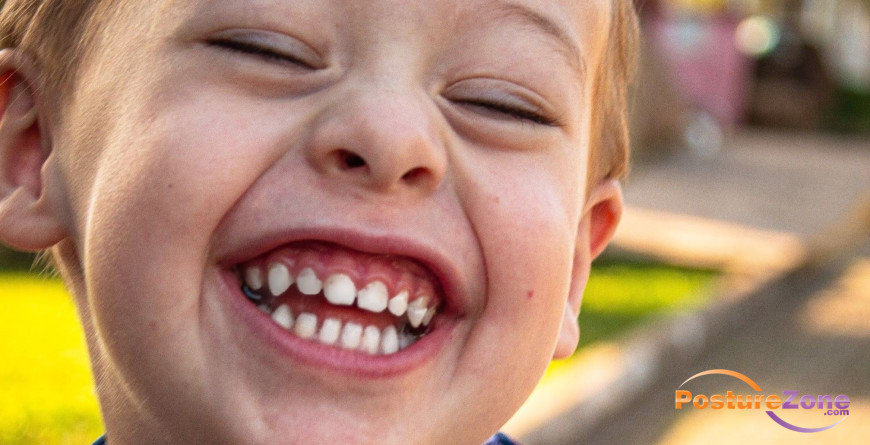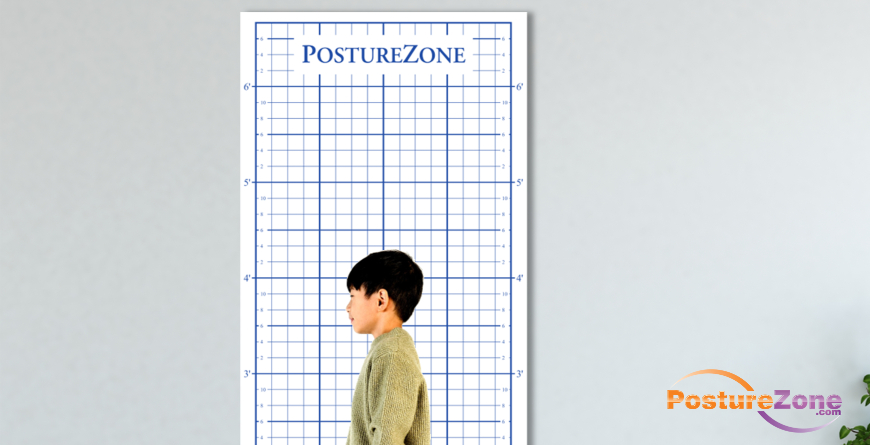Orofacial Myology: Posture Assessment Impact on Treatment Outcomes
Posted by Renee North, CPEP® on 23rd May 2023
Orofacial Myology is a specialized field that focuses on assessing and treating orofacial muscle dysfunctions, including disorders related to the tongue, lips, and jaw. As part of a comprehensive treatment approach, orofacial myologists are increasingly recognizing the importance of incorporating posture assessments and posture grids into their practice. By examining and addressing the interplay between orofacial musculature and overall body posture, practitioners can optimize treatment outcomes and promote long-term stability and function.
Understanding Orofacial Myology and its Relationship to Posture
Orofacial myology involves the evaluation, diagnosis, and treatment of various orofacial muscle disorders. These may include tongue thrust, incorrect swallowing patterns, thumb sucking, mouth breathing, and speech articulation difficulties. While these conditions primarily manifest in the oral and facial muscles, they are often influenced by broader musculoskeletal imbalances within the body, including postural abnormalities.

Posture Assessments: Uncovering the Bigger Picture
Posture assessments are essential tools for orofacial myologists, enabling them to evaluate the patient's overall musculoskeletal alignment and identify potential contributing factors to orofacial dysfunctions. By examining the relationships between the head, neck, shoulders, spine, and pelvis, orofacial myologists can uncover postural deviations that may impact or be impacted by the orofacial musculature.
Incorporating posture analysis into the evaluation process allows orofacial myologists to identify postural compensations and imbalances that may contribute to orofacial muscle dysfunction. For instance, forward head posture, rounded shoulders, or an anterior pelvic tilt can affect the positioning and function of the tongue, lips, and jaw, potentially exacerbating orofacial disorders.
Posture Grids: Visualizing and Tracking Progress
Posture grids are visual representations of the body's alignment, providing a valuable reference tool for both orofacial myologists and patients. These charts consist of vertical and horizontal lines that intersect at specific anatomical landmarks, allowing for precise measurements and observations.
By examining photographs or digital images of patients, orofacial myologists can document and track postural changes throughout the treatment process. This visual feedback aids in objectively assessing progress and facilitating communication between the practitioner and the patient.

Integration in Orofacial Myology Practice
- Comprehensive Evaluation: Posture assessments should be conducted during the initial evaluation of each patient. Orofacial myologists can observe the patient's standing, sitting, and walking postures, noting any deviations such as head forward posture, rounded shoulders, or spinal misalignments. These findings can be documented and correlated with orofacial dysfunctions.
- Treatment Planning: Once postural abnormalities are identified, orofacial myologists can develop tailored treatment plans that address both the orofacial dysfunctions and the associated postural issues. Treatment may involve a combination of myofunctional exercises, therapeutic interventions, and posture correction exercises designed to restore optimal alignment.
- Collaboration with Other Professionals: Integrating posture evaluations and posture charts requires a multidisciplinary approach. Orofacial myologists should collaborate with speech therapists, dentists, orthodontists, oral surgeons, physical therapists, chiropractors, or other healthcare providers specializing in postural rehabilitation. Sharing information and insights will result in a more holistic and effective treatment approach.
- Progress Tracking: Regular reassessments using posture grids allow orofacial myologists to objectively evaluate changes in posture and its impact on orofacial muscle function. By comparing initial and subsequent posture grid images, practitioners can demonstrate progress and adjust treatment plans accordingly.
How to Perform Orofacial Myology Posture Exams
"Posture Pictures: Posture Assessment, Screenings, Marketing & Forms" is an excellent resource for orofacial myologists seeking a comprehensive introduction to performing postural assessments with adult and pediatric patients. This book provides a valuable explanation of the principles and techniques involved in assessing and documenting postural deviations, specifically tailored to the unique needs of orofacial patients. With its focus on posture grids, assessment forms, and marketing strategies, "Posture Pictures" equips practitioners with practical tools to incorporate postural exams into their practice effectively. Whether you are a seasoned professional or new to orofacial myology, this book serves as a valuable guide for understanding and implementing postural assessments in the treatment of orofacial disorders. This book is excellent when used in conjunction with the orofacial myofunctional assessment form for a comprehensive exam.


